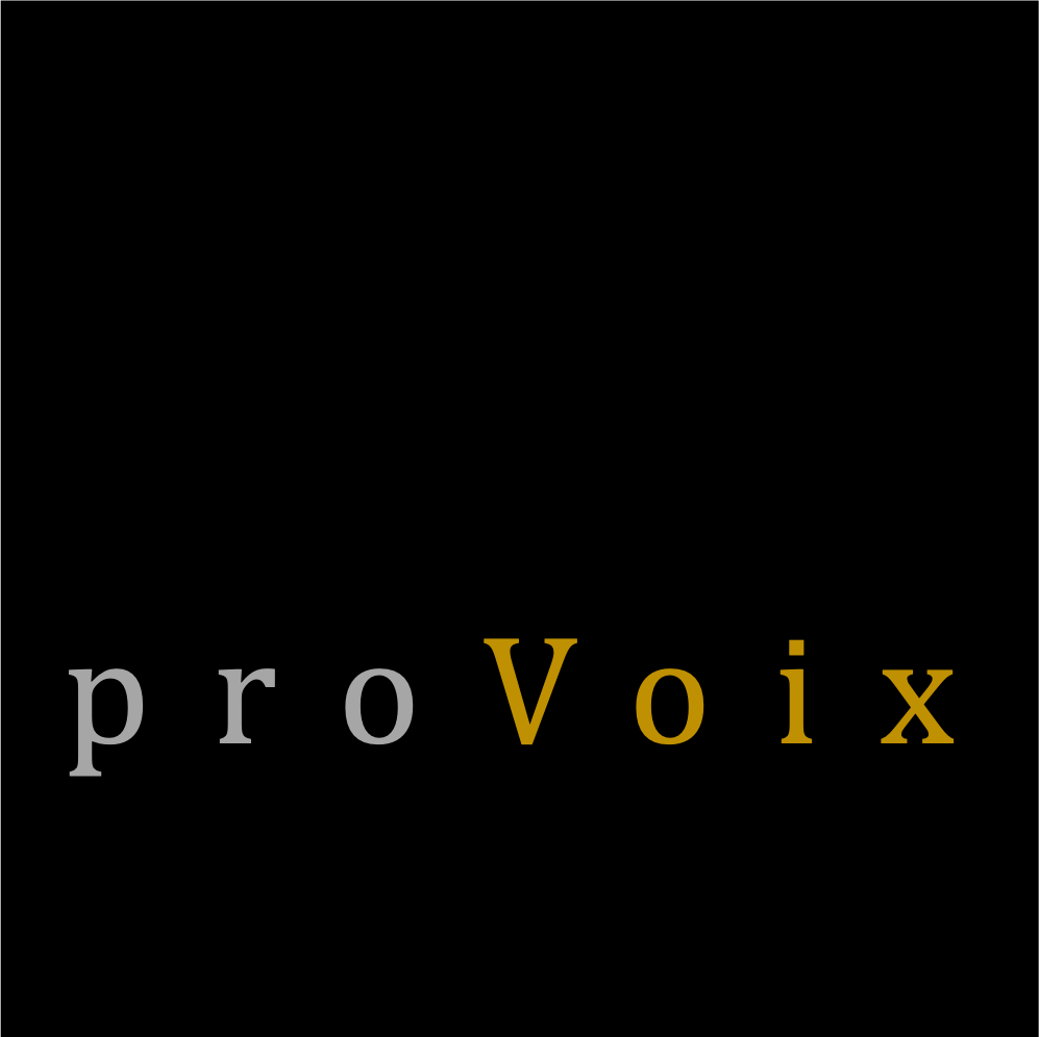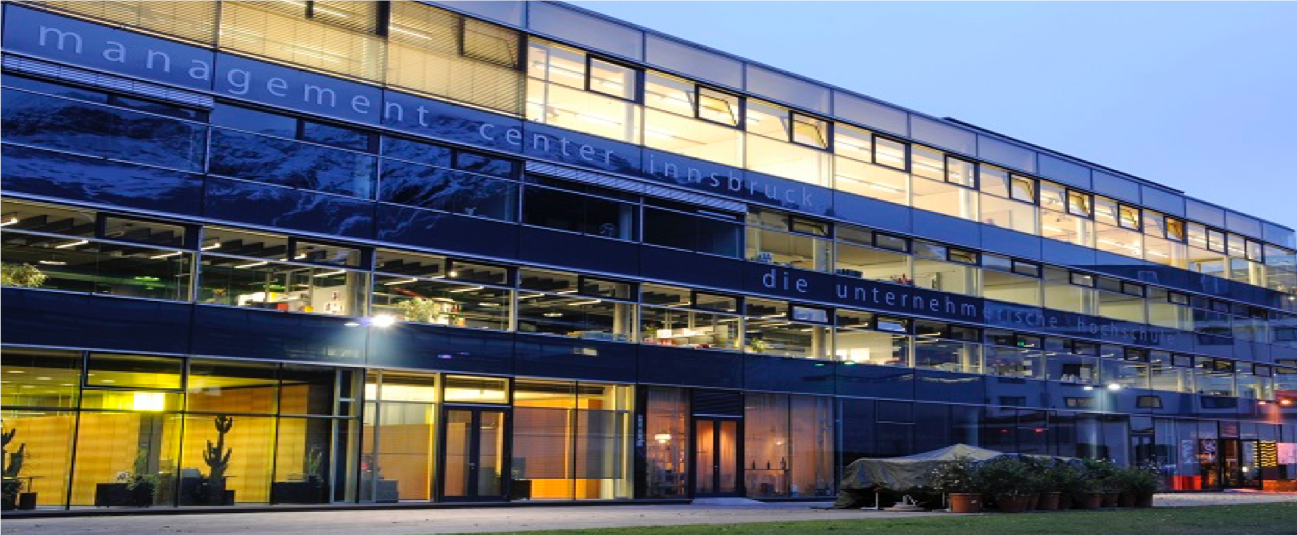It is often said, that acceptance of new tech solutions goes hand in hand with understanding the user benefit. But what user are we looking at in Urban Scenarios? Today, to fully exploit the potential of Smart Cities, you better be a role-model user – young, smart, understanding the potential of technologies and knowing how to use it. Reality, however is different.
A key concept in tomorrow’s scenarios for accepting Smart Technology in cities is Accessibility. This goes for access to technology (not everyone is using Internet several times a day), for public services (do you really understand the details of the public transport system in the city you live in?) and of course it goes for people with disabilities.
What is Smart?
Digital-accessibility maps are proliferating rapidly and should help people to see upfront, how accessible are certain locations, i.e. with a wheelchair. Currently, a lot of focus is on using the crowd to feed data into the systems. So, digital-accessibility maps assume that crowdsourcing serves the purpose that user-contributed data can provide information quickly while simultaneously educating the public about accessibility best practices. Some apps even allow users to establish profiles and receive recognition on leaderboards for the number of places they have surveyed.
Some hope that this will spur the emergence of a new type of urban citizenship: the so-called smart citizen, a technologically enabled community member who contributes time, labor, and device time to generate data about everyday life. Even if such a citizen does not identify as disabled, noticing and documenting the built environment can promote awareness of barriers that many people with physical, sensory, and mental disabilities face.
The Challenge with the Crowd
But long before crowdsourcing became a term for technology-assisted outsourcing, disability activists were questioning the wisdom of the crowds in this process. People who primarily move by walking might not be aware of the spatial parameters needed for a wheelchair to turn inside a small space, like a bathroom. People who rely on vision to navigate might not know how to assess a location for its friendliness to the visually impaired. People who are not sensitive to certain lighting or scents might not even notice the presence of these features. Crowdsourcing can create as many problems as it solves.
Our buildings and cities are exposed to constant pressure to adapt. Correspondingly, responding to this starting point is not a task for crowdsourcing, but a responsible task of high social relevance. The first task is to investigate the system behavior, impact and performance of different types of interior, building and neighborhood in the context of changing demands. The architectural space (also smart) must be understood as habitat concepts. The solutions developed must be geared to their consequences (and not just benefits) for citizens.
Limits to Technology
But even if all these problems were solved, digital-accessibility apps still pose one final threat to disability advocacy in urban environments. Apps can make cities more navigable, but they do not change the material features of that environment. Most of the time, they record the current conditions in the built environment rather than advocate for better ones. Before apps came on the scene, disability activists used mapping to catalog injustices and to imagine alternative futures: new environments in which accessibility was the norm, rather than the exception. Contemporary projects should incorporate that lesson, too.
* Contribution inspired by Aimi Hamraie, in: The Atlantic / Nov. 2018

